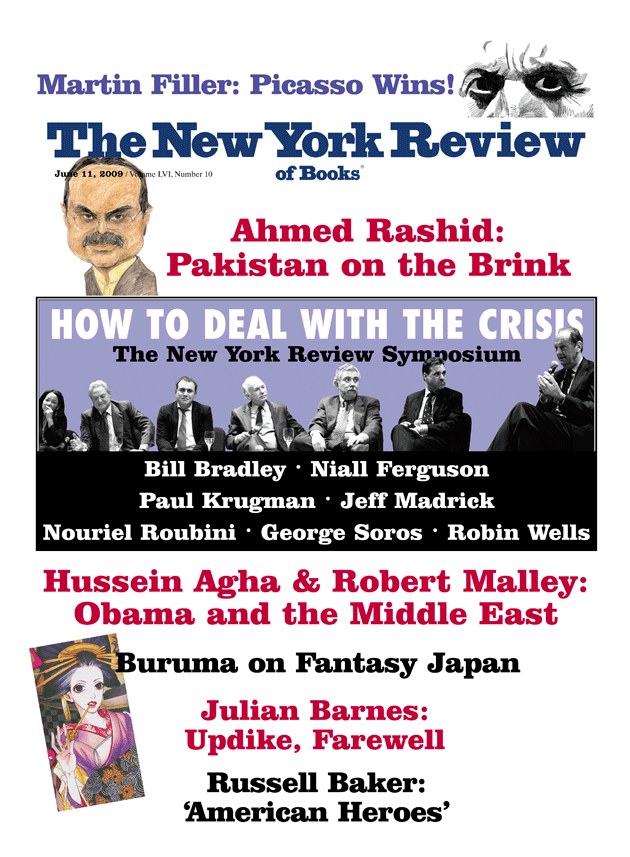In response to:
Who Should Own the World's Antiquities? from the May 14, 2009 issue
To the Editors :
I greatly enjoyed Hugh Eakin’s thoughtful review of James Cuno, Who Owns Antiquity? [NYR, May 14]. As I understand it, the guidelines of the Association of Art Museum Directors (AAMD), while asserting that members “normally” should not acquire an ancient artifact unless it can be shown to have been outside its probable country of origin since 1970, permit exceptions in cases where such documentation is lacking but “cumulative facts and circumstances,” such as a lengthy history of publication and public display, “allow a museum to make an informed judgment to acquire the work.”* Some would call this a loophole, others just common sense. Of course, any museum may choose to adopt more stringent guidelines, and several have done so.
Like many, Eakin wonders if one solution to the sharing of antiquities might be largely to replace collecting with borrowing. In my opinion, that is not the answer. A museum that does not collect is just an echoing exhibition hall, with no more character than a convention center or the Seventh Regiment Armory. For all their attention to serving diverse purposes and constituencies, museums are inherently elitist institutions. There is far too much art in the world for it all to be in museums, which necessarily are selective in deciding what they should contain. The principal criteria, which vary in definition and emphasis, are rarity, condition, cultural significance, and—most elusive—“quality.” At the end of the day, a museum chooses a particular object and literally puts it on a pedestal, saying, “This is important; look at this.” They do so most effectively and convincingly by putting their money where their mouth is; by collecting and building a permanent collection that one can count on from year to year being at the same address in the same city.
Borrowing is too easy. Collecting is hard, and it should be, but nothing can replace it. Any good curator will tell you this.
J. Michael Padgett
Curator of Ancient Art
Princeton University Art Museum
Princeton, New Jersey
-
*
Report of the AAMD Task Force on the Acquisition of Archaeological Materials and Ancient Art (revised 2008), Section II.F, available at www.aamd.org/newsroom/documents/2008ReportAndRelease.pdf. ↩


